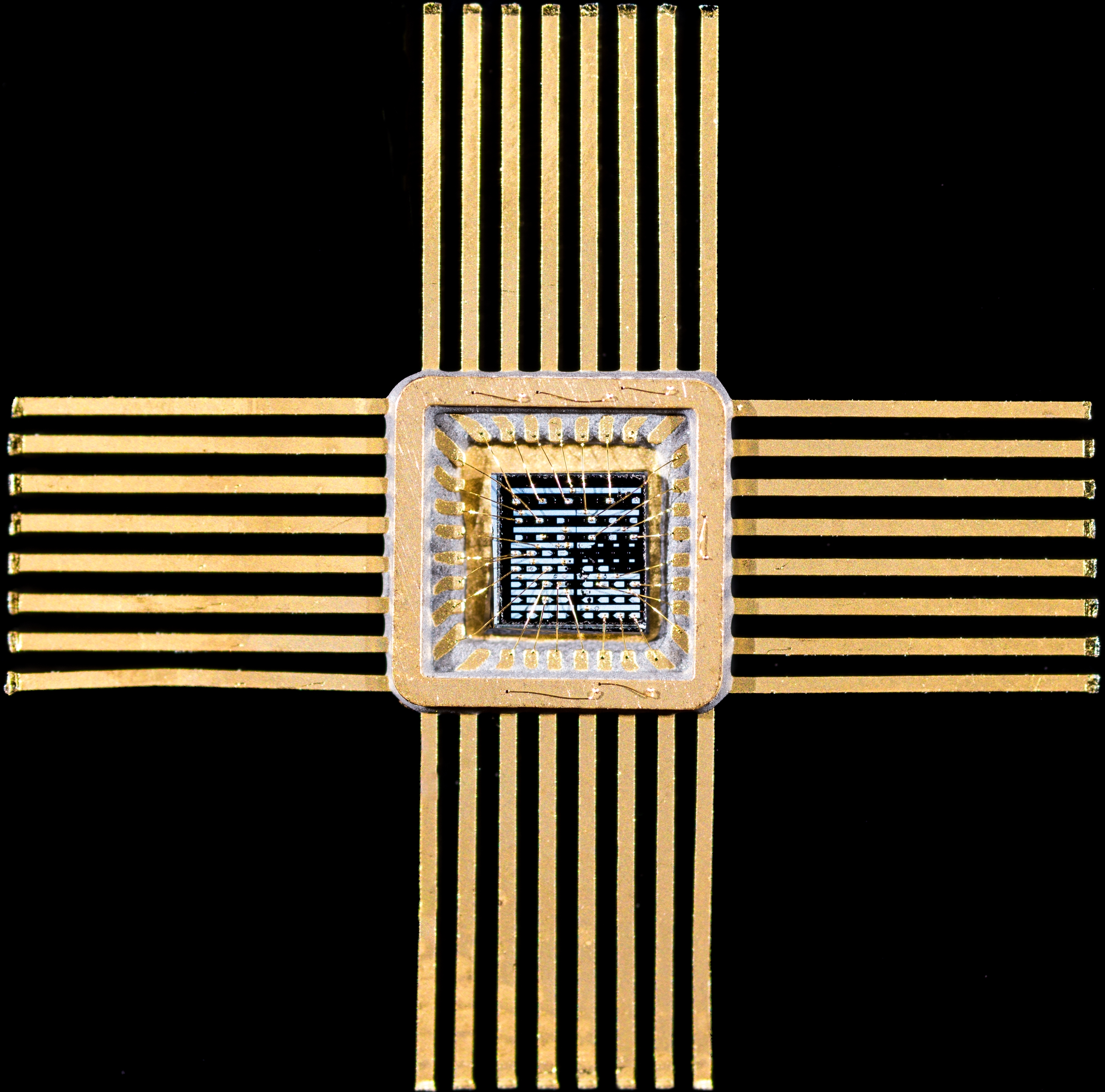Germanium on Silicon SPADs
Quantum detectors for autonomous vehicles
LiDAR is a key enabling technology for several sectors including autonomous vehicles, that utilises the rapid speed of modern optical system to accurately gauge the distance and map items around them by counting the reflection time from a flash of light. These LiDAR devices are heavily reliant on high quality detectors able to identify the low levels of light reflected, such as quantum single-photon avalanche diodes (SPADs). While SPADs are ideal optical devices for LiDAR, they are currently too expensive to implement for most commercial applications.
Using novel manufacturing processes, QuantIC researchers at the University of Glasgow and Heriot-Watt University are developing SPADs that can be produced at significantly lower costs. Based on affordable Silicon platforms, and Germanium to reach infrared wavelengths that allow eye-safe laser systems to be detected while imaging through rain, fog, and dust; QuantIC’s next generation SPADs look to revolutionise the imaging world.

Germanium on silicon SPADs
Dr Ross Millar, Professor Doug Paul and Professor Gerald Buller discuss their esearch which has developed world record single photon detection efficiencies of 38% in the short wave infrared wavelength region using Ge on Si SPADs. These detectors have enormous potential for automotive and autonomous vehicle Light Detection And Ranging (LiDAR).
Benefits:
- Capable of imaging through challenging scenes such as rain, fog, and dust.
- Low-cost short-wave infrared detection
- Highly suited to LiDAR
Applications
- Autonomous Vehicles
- Defence and Security
- High performance fibre optic detectors

Transport
Meet our investigators
Doug Paul is Professor of Electronic & Nanoscale Engineering at the University of Glasgow. With a grant portfolio of over £24M mainly concentrating on quantum technology with chip scale cold atom systems, MEMS gravimeters, Ge on Si single photon avalanche detectors, range-finding / lidar and single electron devices. He is a member of the UK Quantum Technology Hub in Sensors and Metrology / Timing, QuantIC (the UK Quantum Technology Hub for Quantum Enhanced Imaging) and the UK Quantum Technology Hub for Quantum Communications.
Professor Gerald Buller is leader of the Single Photon Research Group at Heriot-Watt University. His research interests are in single photon detection and its applications including quantum key distribution, quantum imaging, time-of-flight ranging and depth imaging.

